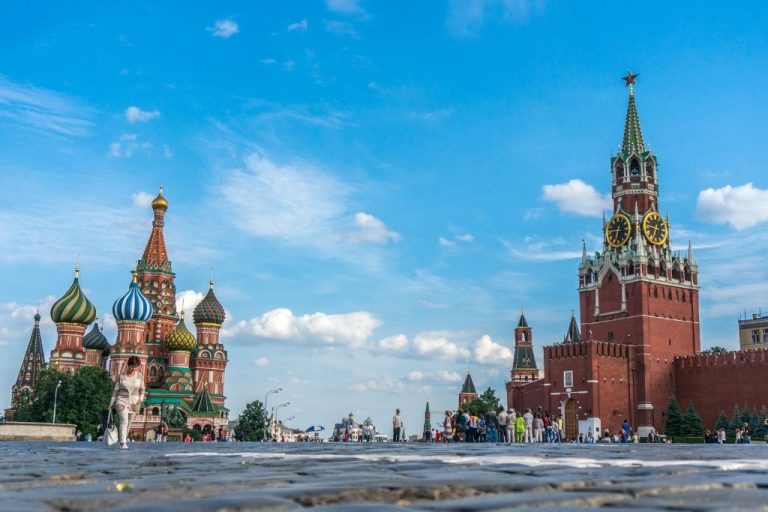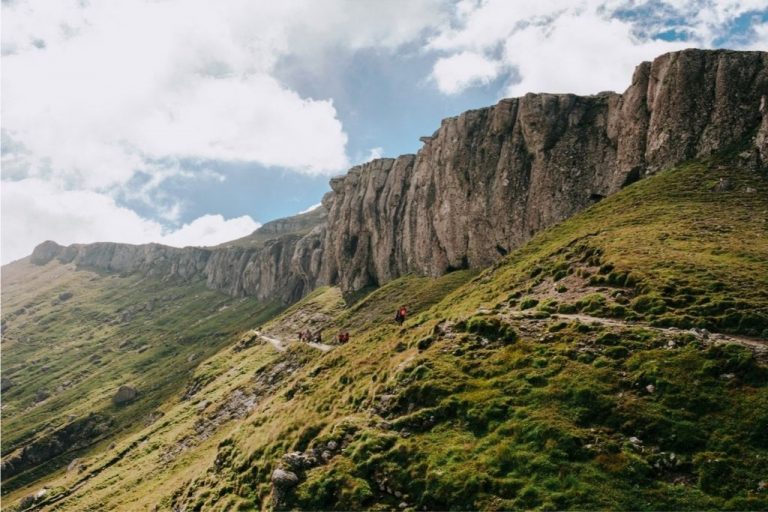Portugal is situated on the Iberian Peninsula, which it shares with its neighboring country Spain. Therefore, it is the perfect place to experience the best of Europe.
Portugal is one of Europe’s most popular travel destinations, which is well known for its fantastic seafood, beautiful places, and a lot of friendly people.
Besides the delicious regional fare and wine, it’s all ocean waters where you can swim, snorkel, scuba dive, and sail.
Once you’ve set foot in the country, you’ll realize this is a beautiful country to visit, especially if you’re looking for a trip that has history, culture, entertainment, and a fantastic food scene.
What makes traveling in Portugal better is that it is affordable and has excellent living standards. You can spend just $129 per day on your trip to Portugal.
Plus, it is also the third-safest country in the world according to the Global Peace Index. It’s still better if you are cautious of your belongings and your surroundings.
Also known as the Portuguese Republic, it shares geographical and cultural commonalities with northern Europe and the Mediterranean.
National legend has it that its capital city, Lisbon, was founded by the ancient Greek warrior Odysseus. After he left this land, a nymph named Calypso became heartbroken and turned herself into a snake. Her coils are the seven hills of Lisbon that we see today.
In another part of history, the Celtic Lusitani settled in Lisbon in the first millennium BCE.
Today the city is the economic and cultural center and boasts excellent food, music, dance, and sports scene.
Geography
Spain borders Portugal to the north and east, whereas the Atlantic Ocean bounds the country to the west and south, and the Azores and the Madeira lies on the west and southwest.
It is a small country; however, it has a diverse physical geography that ranges from low-lying coasts to Estrela Mountains which are nearly 6,500 feet tall.
There are less than one-eighth of areas that rise above 2,300 feet.
The southern region of the country comprises extensive areas of limestone and other sedimentary layers. Its principal rivers, like the Douro, Tagus, and Guadiana, link Portugal with Spain.
Its soils are primarily arid, acidic, and sandy. The northern areas have rocky soils.
Climate
Portugal’s climate is influenced by three sets such as the Atlantic, Continental, and Mediterranean.
The Atlantic climate puts most of the country into the humid zone. Summer months have temperatures that rise to 24 degrees celsius near sea level. The temperatures are lower in higher elevations.
Winters have temperatures as low as 3-4 degrees celsius.
The country has an average precipitation level of 1,000 mm.
Nature and Wildlife
Portugal’s vegetation has a combination of European, Atlantic, and Mediterranean species. Two-thirds of the plant species belong to Atlantic species whereas, three-fifths of the plants in the Mondego valley are European species.
The country only has one-fourth of Mediterranean species.
You will find the thicket forests in the province of Beira. In addition, many parks and reserves have protected about 5% of the mainland from the far north of Portugal.
You will find wild pigs, deer, wolves, lynx, foxes, rabbits, Iberian hare, and more in Portugal in terms of wildlife.
Birdlife is also abundant as the country lies in the winter migration route of western and central European species. In addition, there are game birds like the woodcock, red partridge, snipe, and quail.






